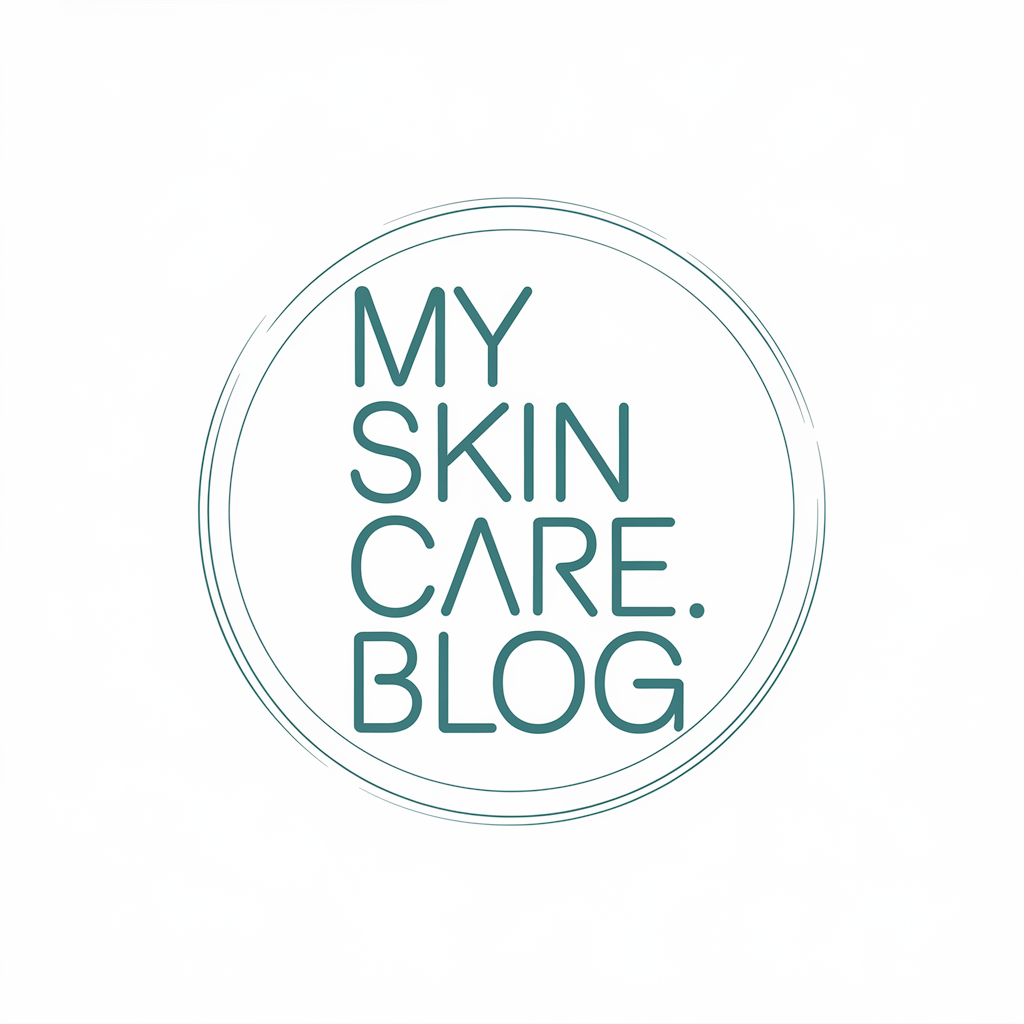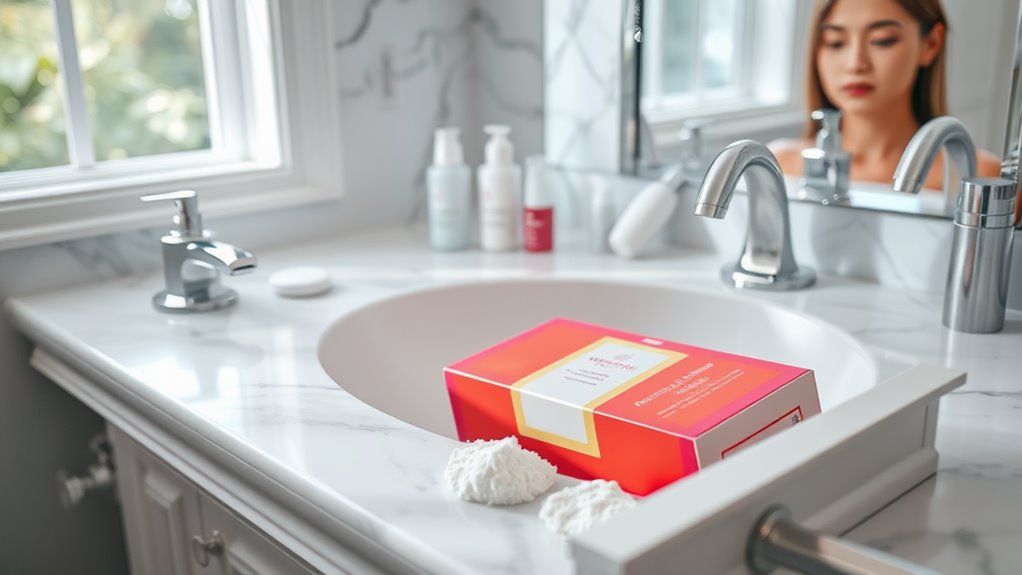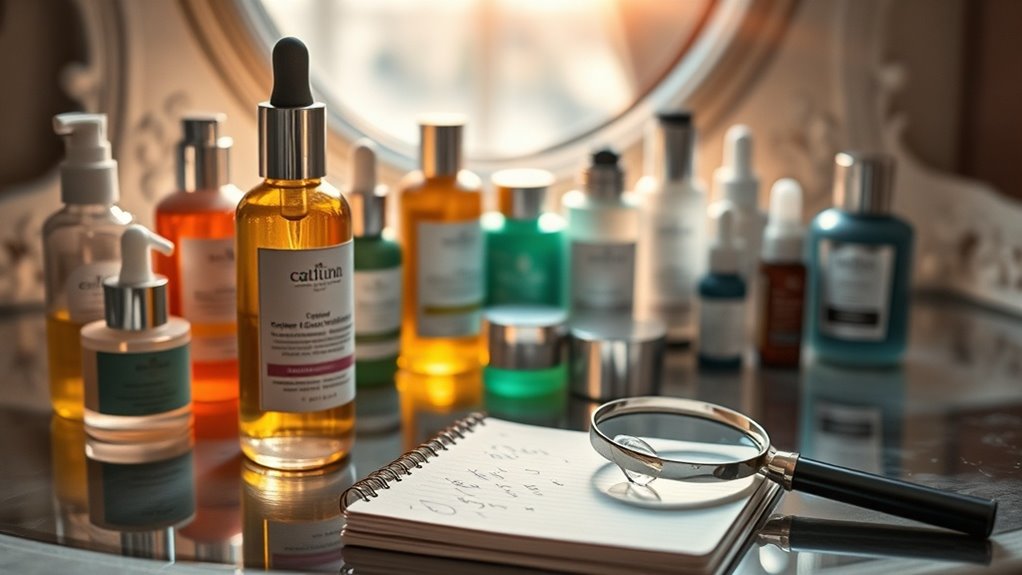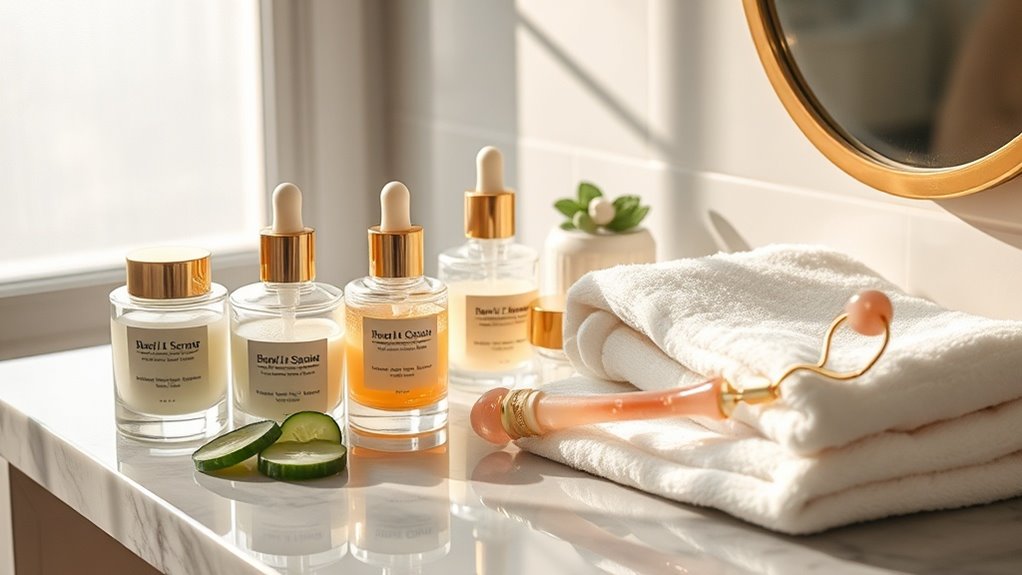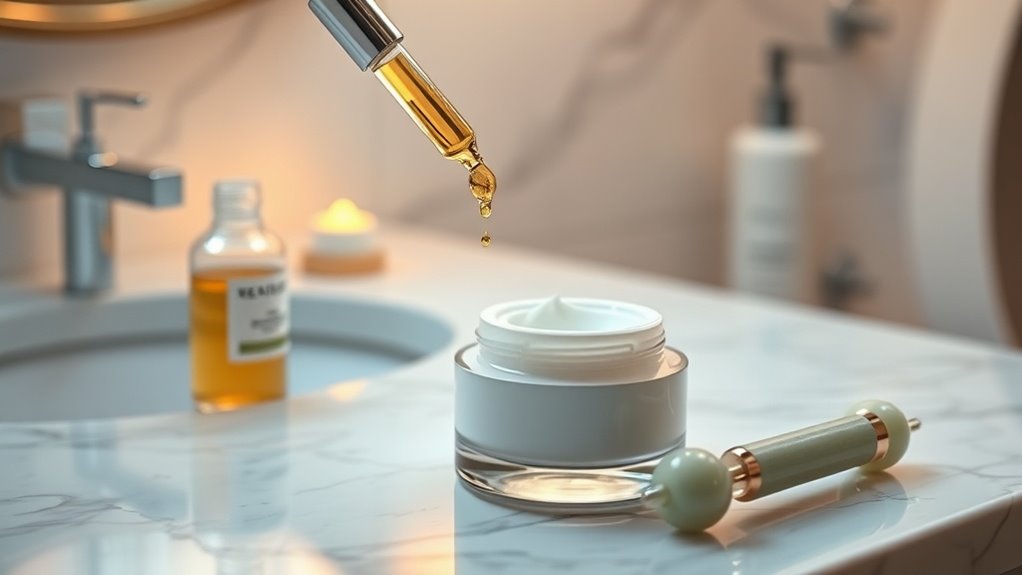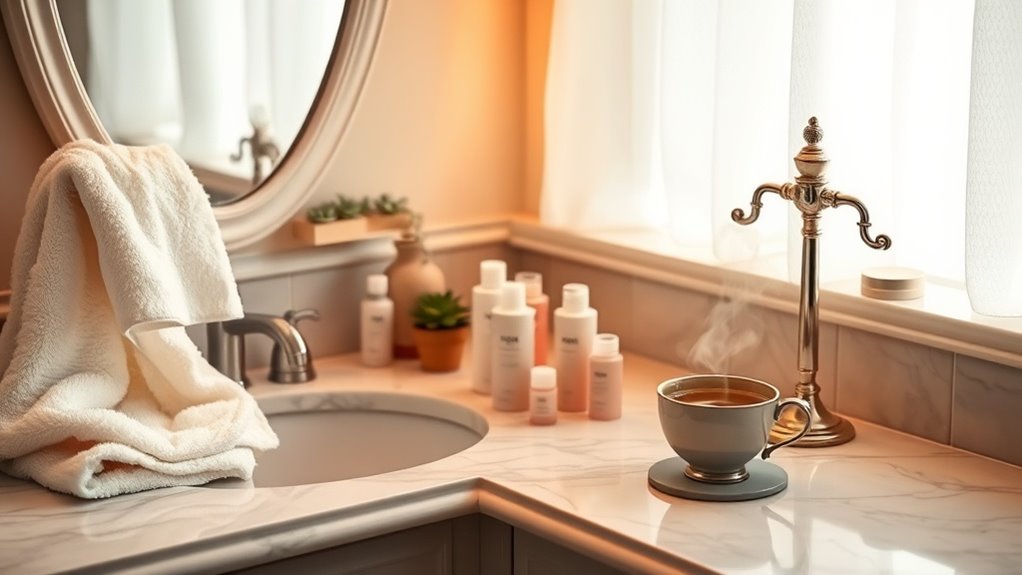The Skincare Step You’re Skipping (and It’s Costing You Glow)
You might be skipping an essential step in your skincare routine that’s robbing you of that radiant glow. Exfoliation is often overlooked, yet it plays an essential role in removing dead skin cells and promoting a smooth, even complexion. Without it, you could be facing dullness and breakouts. Curious about how often you should exfoliate and which type suits your skin best? Let’s explore the importance of this often-neglected step.
Key Takeaways
- Exfoliation removes dead skin cells, preventing dullness and promoting a brighter complexion.
- Regular exfoliation enhances product absorption, maximizing the effectiveness of your skincare routine.
- Signs of inadequate exfoliation include dull skin, uneven texture, and persistent dry patches.
- Adjust exfoliation frequency based on skin type to avoid irritation and maintain a healthy barrier.
- Consistent exfoliation can reduce fine lines, dark spots, and promote an overall vibrant glow.
Understanding the Importance of Exfoliation
Have you ever wondered why your skin seems dull despite your best efforts? You might be missing essential skincare steps, particularly exfoliation.
Exfoliating removes dead skin cells that accumulate on your skin’s surface, revealing a brighter, fresher layer underneath.
When you skip this step, your skin can appear lackluster, leading to clogged pores and uneven texture.
Regular exfoliation boosts your skin’s radiance and enhances the effectiveness of other products by allowing them to penetrate better. Additionally, understanding proper techniques for different skin types can help you choose the right exfoliation method for your unique needs.
Don’t underestimate this essential step; incorporating exfoliation into your routine can transform your complexion, giving you that coveted glow you’ve been longing for.
Types of Exfoliants: Physical vs. Chemical
When it comes to exfoliants, you’ve got two main types: physical and chemical.
Each offers unique benefits, from instantly smoothing your skin to gently dissolving dead cells for a radiant glow. Over-exfoliation can damage the skin’s protective barrier, leading to premature aging and irritation.
Choosing the right one for your skin type can elevate your skincare routine and enhance your overall complexion.
Definition of Exfoliants
Exfoliants play a crucial role in any effective skincare routine, helping to slough away dead skin cells and reveal a brighter complexion. There are two main types: physical and chemical.
Physical exfoliants use granular substances or tools, like scrubs or brushes, to manually scrub away dead skin. On the other hand, chemical exfoliants utilize acids or enzymes to dissolve the bonds holding dead skin cells together.
Each type offers unique methods for achieving smoother skin, so it’s essential to choose one that fits your skin type and concerns. Incorporating exfoliants can greatly enhance your glow and overall skin health.
Benefits of Each Type
Curious about how each type of exfoliant can benefit your skin?
Physical exfoliants, like scrubs or brushes, provide immediate results by sloughing off dead skin cells, revealing a smoother, brighter complexion. They also boost circulation, giving your skin a healthy glow.
On the other hand, chemical exfoliants, such as AHAs and BHAs, penetrate deeper, dissolving impurities and promoting cell turnover. They’re great for targeting specific concerns like acne, uneven texture, or hyperpigmentation.
Choosing the Right One
How do you decide between physical and chemical exfoliants for your skincare routine?
First, consider your skin type.
If you have sensitive or dry skin, chemical exfoliants like AHAs or BHAs offer gentle yet effective results without irritation.
On the other hand, if you prefer a hands-on approach, physical exfoliants, such as scrubs or brushes, can provide immediate smoothness.
However, be cautious—over-exfoliating can damage your skin barrier.
Ultimately, you might find a combination works best for you.
Experiment and pay attention to your skin’s response to find the right balance for that radiant glow you crave.
How Often Should You Exfoliate?
Wondering how often you should exfoliate for the best results?
The frequency really depends on your skin type and the exfoliant you’re using.
Here’s a quick guide:
- Sensitive Skin: Exfoliate once a week to avoid irritation.
- Normal to Combination Skin: Aim for 2-3 times a week for a healthy glow.
- Oily or Acne-Prone Skin: You can safely exfoliate 3-4 times a week, but listen to your skin! It’s also crucial to avoid over-exfoliation to maintain your skin’s barrier function.
Signs You’re Not Exfoliating Enough
If you’re noticing a dull, uneven skin tone or an increase in breakouts and bumps, it might be time to reassess your exfoliation routine. These signs often indicate that dead skin cells are piling up, preventing your skin from looking its best. Incorporating gentle exfoliation into your routine can help avoid over-cleansing and promote healing without damaging the skin barrier. Let’s explore how proper exfoliation can transform your complexion and boost your confidence.
Dull, Uneven Skin Tone
Are you noticing a lackluster appearance in your skin that just won’t go away?
This dull, uneven skin tone might be a sign you’re not exfoliating enough.
Exfoliation is essential for revealing fresh, radiant skin.
Here are three signs you need to step up your exfoliation game:
- Uneven Texture: Your skin feels rough or bumpy.
- Dry Patches: You see flaky areas that won’t improve with moisturizer.
- Dullness: Your skin lacks that healthy glow, appearing tired and lifeless.
Incorporating regular exfoliation can rejuvenate your complexion and restore that youthful vibrancy you crave.
Don’t skip this essential step!
Increased Breakouts and Bumps
Have you noticed an uptick in breakouts or pesky bumps on your skin? If so, it might be a sign you’re not exfoliating enough.
Dead skin cells can clog pores, leading to unwanted blemishes and texture issues.
When you skip this vital step, your skin struggles to renew itself, trapping oil and bacteria beneath the surface.
Regular exfoliation helps slough off those dead cells, promoting clearer skin and preventing breakouts.
Incorporating both physical and chemical exfoliants into your routine can keep your complexion smooth and radiant.
Don’t overlook this essential step—your skin will thank you for it!
Incorporating Exfoliation Into Your Routine
Wondering how to achieve that radiant glow?
Incorporating exfoliation into your routine is key!
Here are three essential steps to get started:
-
Choose Your Exfoliant: Decide between physical (scrubs) or chemical (acids) exfoliants based on your skin type.
-
Frequency is Key: Start with exfoliating once a week. Adjust based on your skin’s tolerance—some may benefit from two to three times weekly.
-
Follow Up: Always apply a hydrating moisturizer post-exfoliation to restore moisture and soothe your skin. Salicylic acid is particularly effective for acne-prone skin, making it a great choice for those looking to enhance their routine.
The Benefits of Regular Exfoliation for Your Glow
Regular exfoliation is a game-changer for achieving that coveted radiant glow.
By sloughing off dead skin cells, you reveal fresh, vibrant skin underneath, enhancing your complexion.
It also boosts your skin’s ability to absorb moisture and other products, making your entire skincare routine more effective.
Regular exfoliation can help reduce the appearance of fine lines and dark spots, giving you a smoother, more even tone.
Plus, it stimulates circulation, promoting that healthy flush we all desire.
Just remember to choose the right exfoliant for your skin type and exfoliate 1-3 times a week for best results. Your glow will thank you!
Incorporating exfoliation into your routine can enhance the Korean skincare routine, leading to even more impressive results.
